We may receive a commission when you use our affiliate links. However, this does not impact our recommendations.
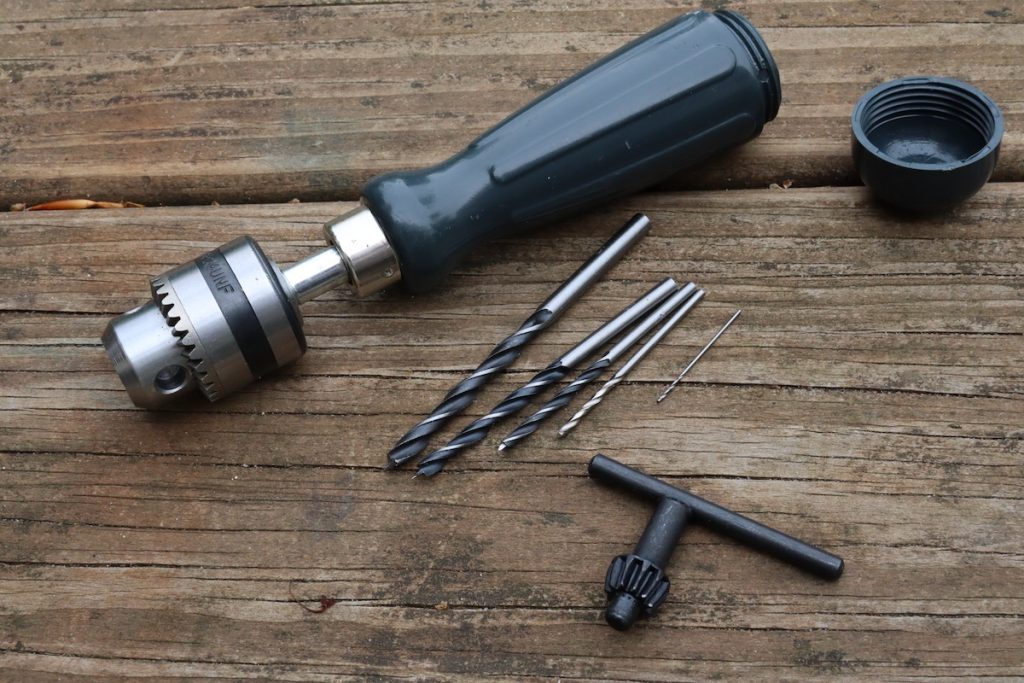 When we think about modern woodworking, gimlets are probably not on our radar and most likely would not make the cut for the short (or even the longer) list of essentials when we envision a shop that is centered around hand tools.
When we think about modern woodworking, gimlets are probably not on our radar and most likely would not make the cut for the short (or even the longer) list of essentials when we envision a shop that is centered around hand tools.
While they are fondly remembered as tools of the past, for drilling shallow holes or as instruments for initiating narrow holes to allow fasteners to tuck into, today, gimlets have almost become extinct from our woodworking ecosystem. Most hand tool aficionados drill small-ish holes with an eggbeater drill, and for the broader holes, they use Brace & Bit drills. If you are not a hand tool purist, you’ll probably be employing corded or cordless drills for most of your drilling jobs. So the question remains: do gimlets and other one-handed drilling tools have their place in modern woodworking?
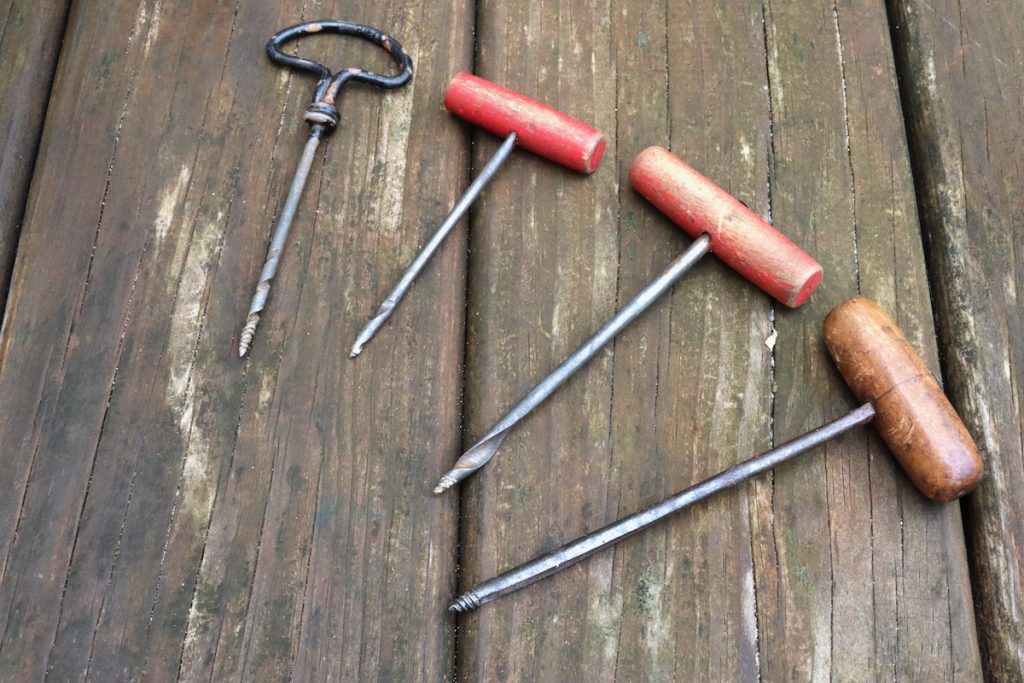
From right to left: antique, old, and modern factory-made gimlets.
My answer is yes. Gimlets and the handle drill that I am featuring in this tool review still have their place in our shops, mainly for teaching woodworking to children and in situations where we need total control over the bit and the drilling process. Gimlets allow my student to drill with one hand while the other hand secures their project from moving. And the gimlet’s cousin, the handle drill, enables me to drill with precision in locations where I can’t afford any drilling mistakes.
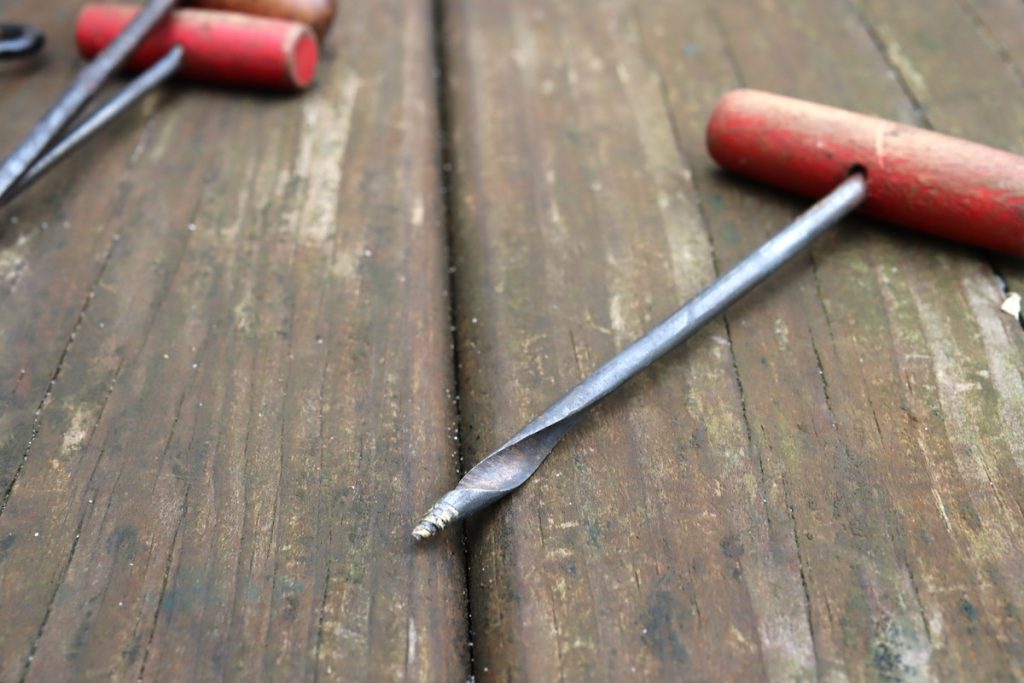
Classic style gimlet tip design was highly effective and fast working. It was hand-shaped and grinded by expert craftsmen and women.
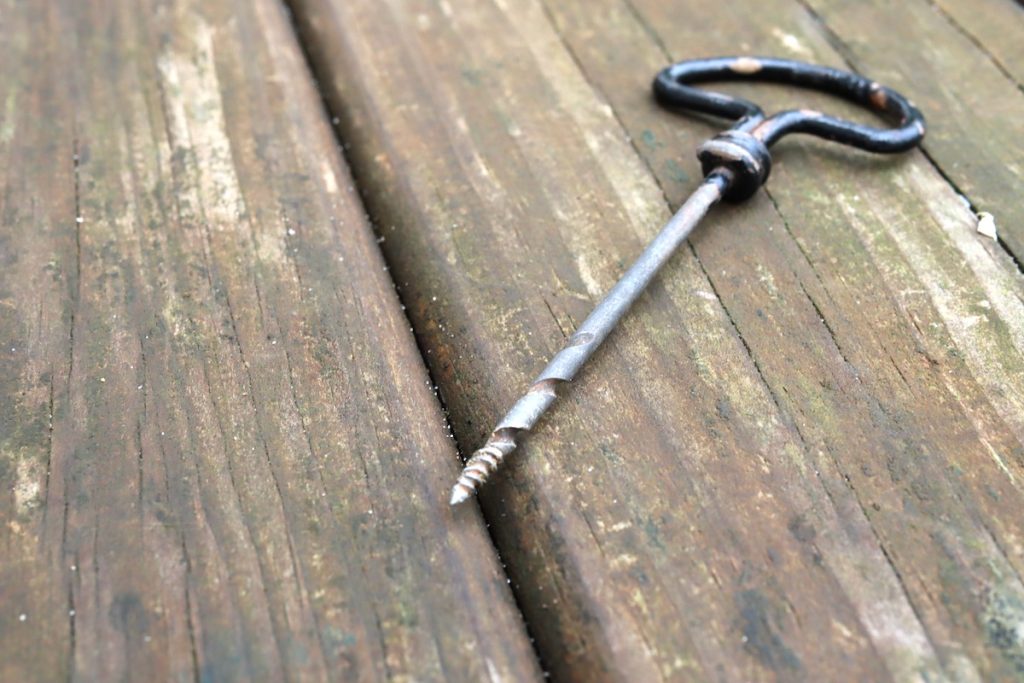
The modern factory-made gimlet is still a very nice manual drilling tool for boring small holes.
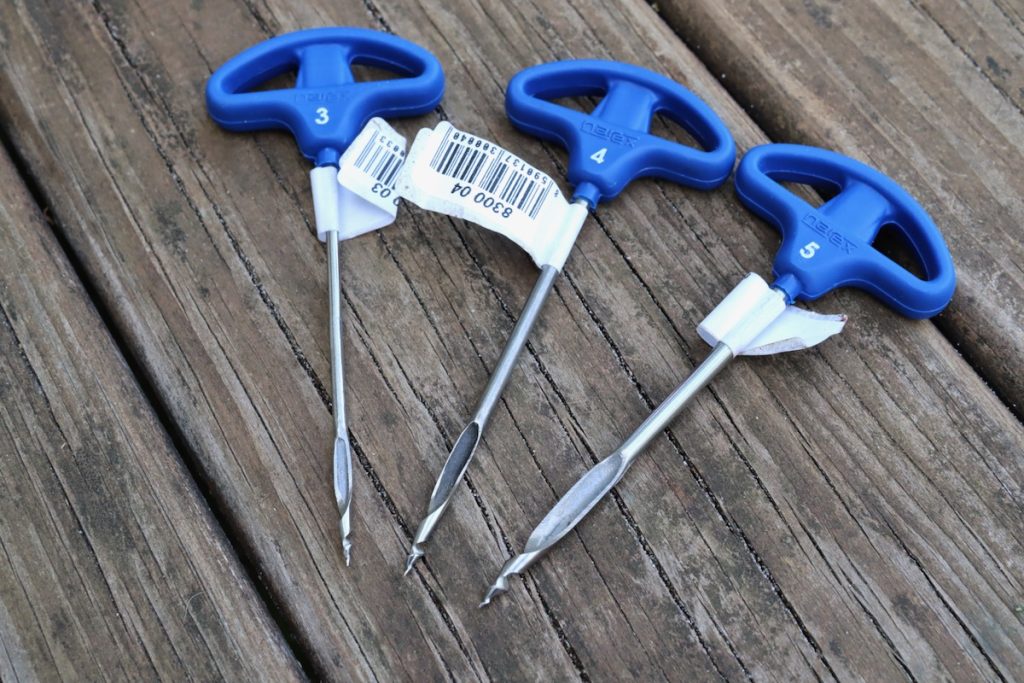
This batch of fantastic gimlets by Narex was made a few years ago but unfortunately, it is out of production these days. The product line was terminated when the factory’s master toolmaker finally retired at the respectable age of eighty-plus years old. He was the last person who knew how to hand grind the gimlets to perfection.
A handle drill is also an excellent tool for holding countersink bits as it allows me to rim the edges of holes in metal parts or hardwoods slowly and with absolute control of the outcome. Another essential advantage of a one-hand drilling tool is that it is a very safe tool for children to use. The last point that I would like to mention is that although slower than the eggbeater drill, the gimlet, and the one-handed drill can bore through tough materials where the eggbeater might stall. When an eggbeater drill faces an obstacle such as a knot, it will instantly reduce its moment/torque due to its gear mechanism and come to a stop. An attempt to reinitiate drilling in that spot is challenging as the bit is practically grabbed by the workplace, so a person would have to retract it, build up drilling speed and try again, hopefully to a more successful outcome.

In my whittling classes, where our workpieces are not held down to benches or tables via clamps or vises, gimlets and their cousin – the handle drill – are the only drilling tool we use.
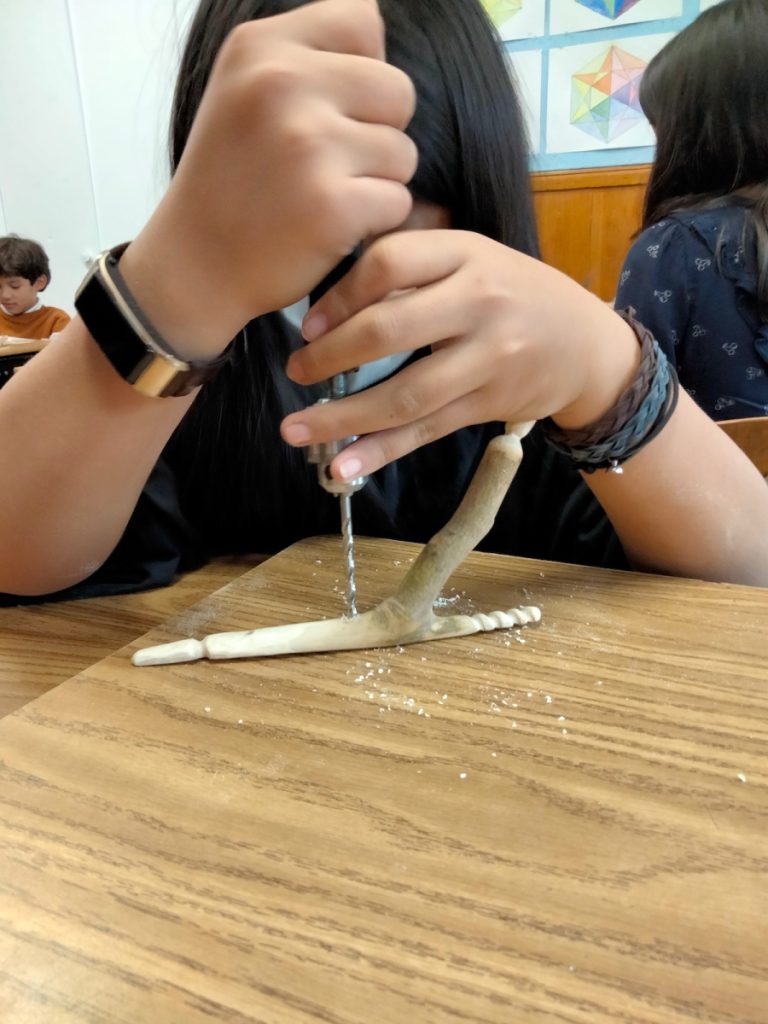
The drill handle that we bought has a nice little key-operated chuck and a hollow plastic handle that serves as a quiver for a few drill bits. It is very rudimentary, and the kids love to use it. I can easily fit into it bits of different sizes, and because of its key-operated chuck, I can quickly secure the bit to prevent any slipping or falling out. I was so happy with its performance that I decided to purchase it for myself and for my seven-year-old son. At around $14 the drill handle is one of the most versatile tools that I discovered recently and an absolutely essential tool when teaching young children woodworking. I only hoped that the makers would provide a snugger fit key and perhaps would fit it with a wider capacity chuck, but then again that revision might have rendered it too heavy for the young hands.
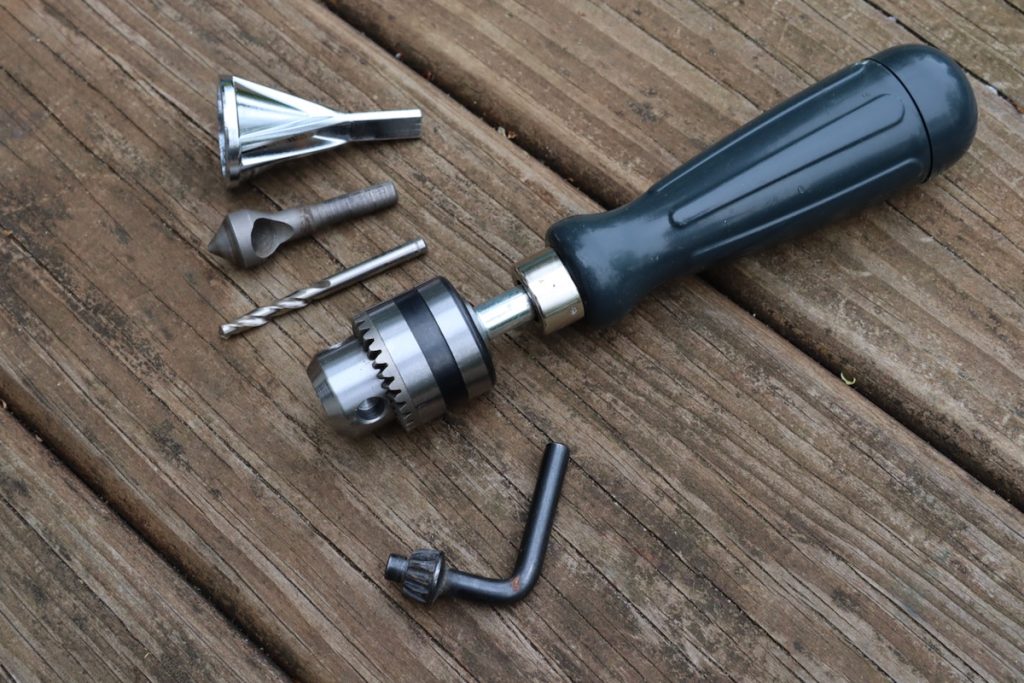
While the tool arrives with 5 or 4 drill bits you can use other cutting bits such as deburring and countersink bits. The key that came with the handle drill was wabbly, so I found a snugger fit key among my collection of tools.
A ¼” bit holder for screwdriver bits can be used as an effective alternative for a gimlet. It can hold short (or long) ¼” shank bits or countersinks fitted with a ¼” hex shank.
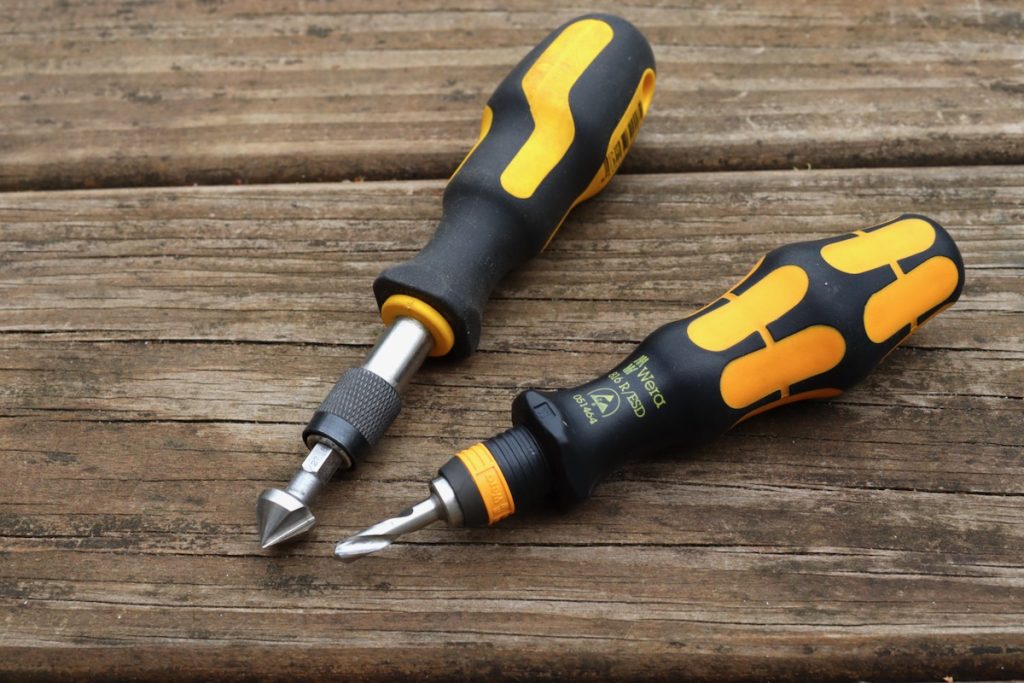
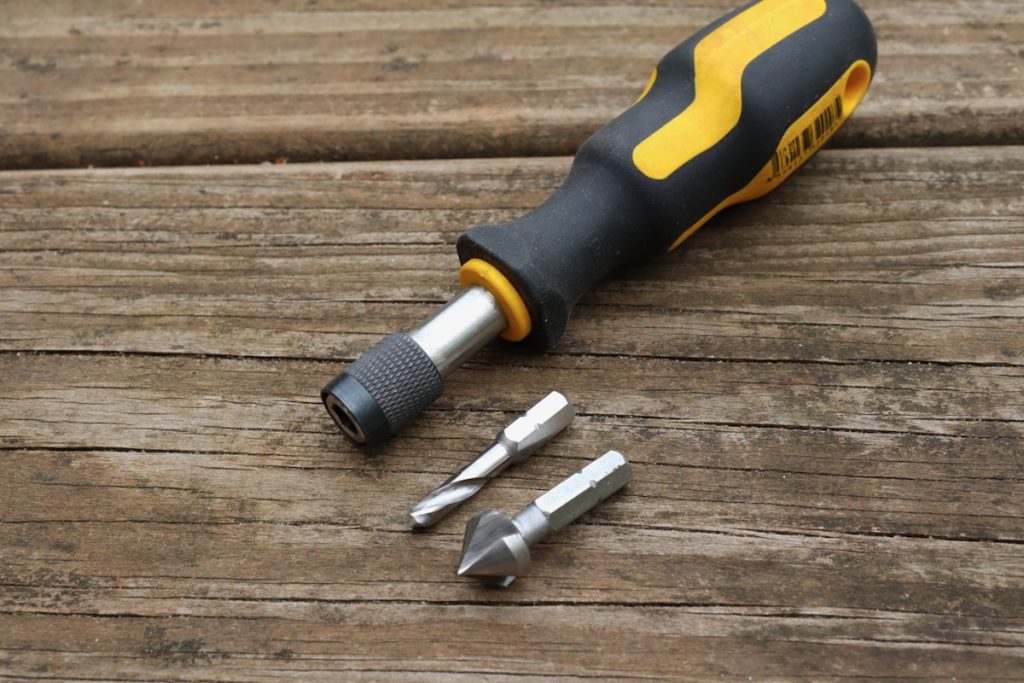
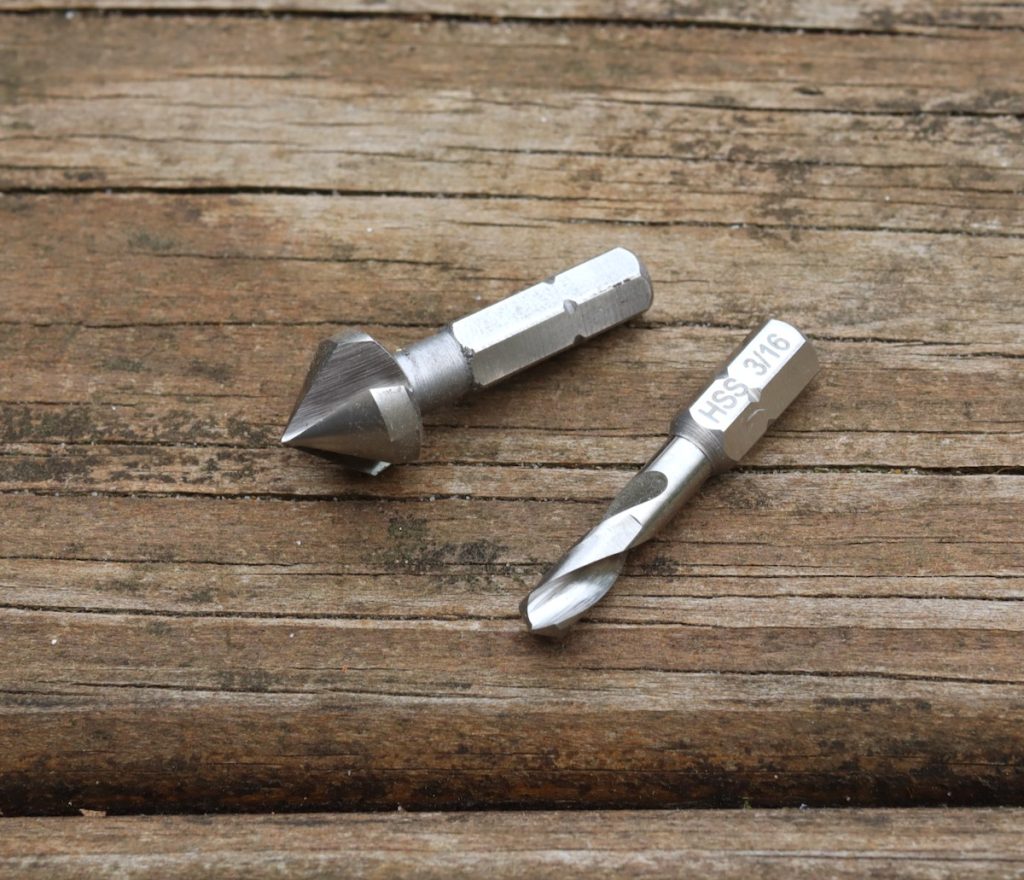
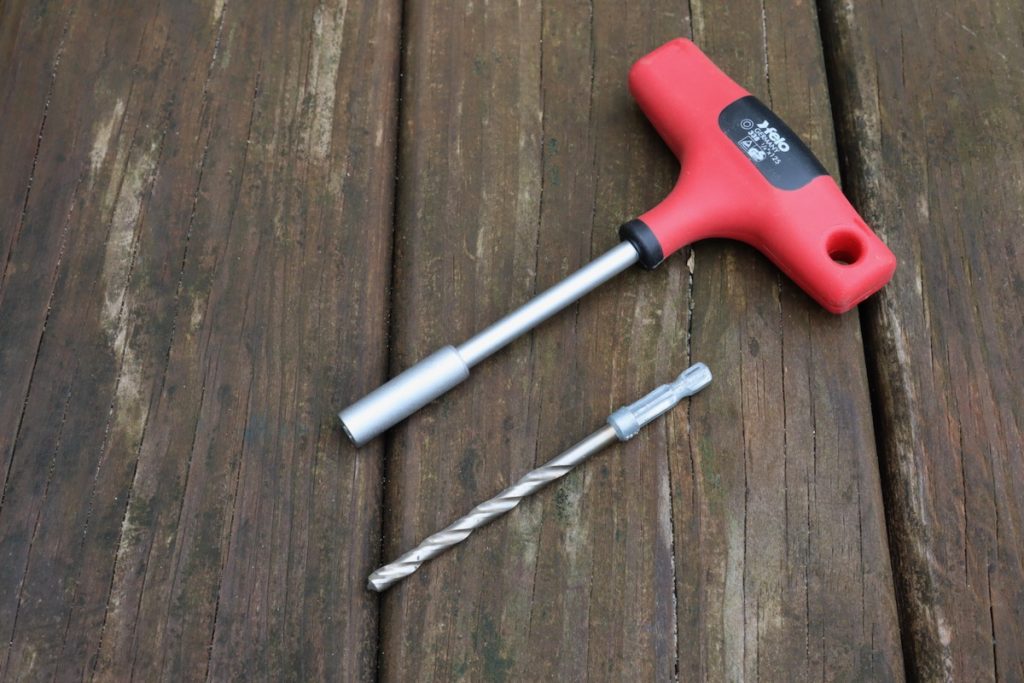
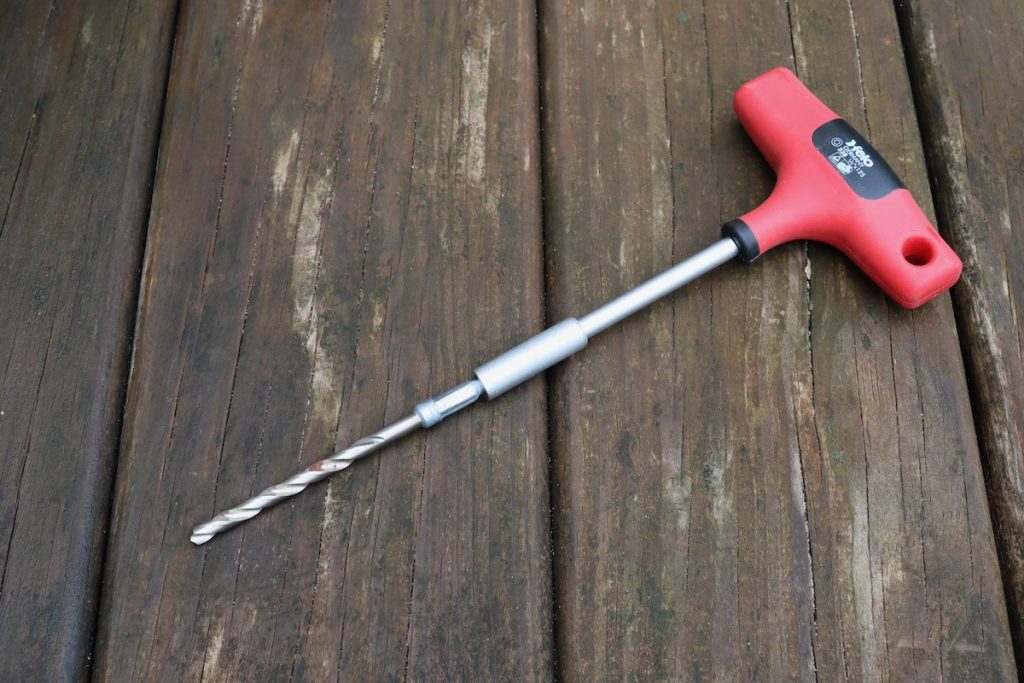
Here are some supplies and tools we find essential in our everyday work around the shop. We may receive a commission from sales referred by our links; however, we have carefully selected these products for their usefulness and quality.







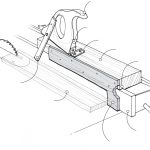

For smaller sizes, an archimedes drill works well. I use one for bits smaller than 1/16″ It’s not one handed.
The old yankee push drills are one handed. The bits are fluted, not spiraled. There are hex and chuck adapters for the yankee screwdrivers too.
These are good drills for sure. As a child, I often used the small jeweler’s bit holder (Archimedes drill) to build model airplanes and ships. The only issue with them, and especially with the larger and longer Yankee screwdriver drill, is that they produce relatively fast revolution and that to get them to spin, you need to press hard on the handle. Young students who have small hands and who hold the workpiece on their lap or in their hands can find the Yankee cumbersome to use. And as a teacher, I can see a potential danger when a drill travels too fast into the workpiece and drill into the hand of the child that holds it. In addition, a longer drill can slip, and the bit will end up puncturing the hand of the kid. The small handle drill or a 1/4″ screwdriver handle with a drilling bit is, on the other hand, much safer to use.